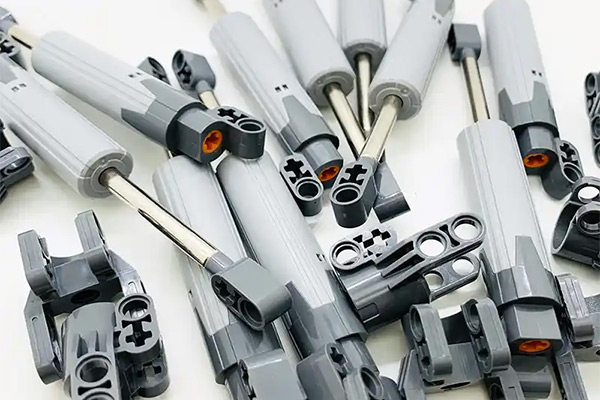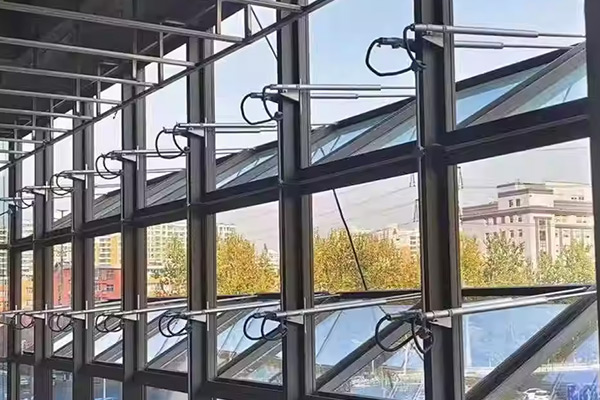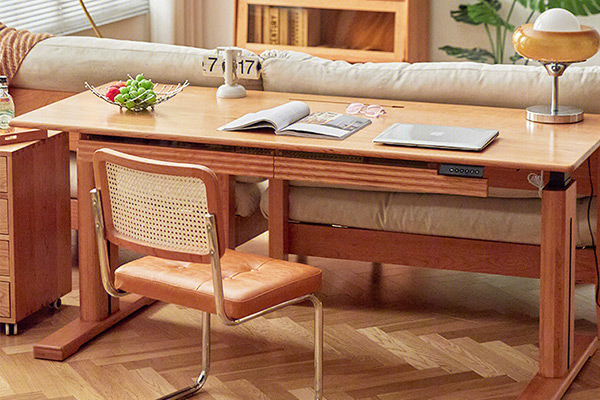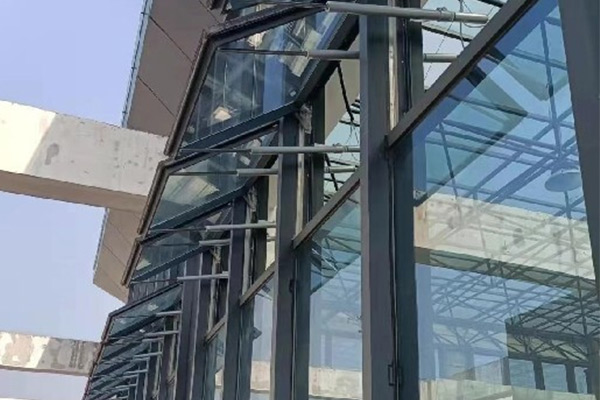A Guide to Waterproof Electric Linear Actuators in Damp Environments
In many industrial and automation applications, equipment must operate reliably in damp, rainy, or even submerged environments. Traditional electric linear actuators often fail in these conditions due to moisture ingress, which can lead to short circuits, rust, and performance degradation. Waterproof electric linear actuators were developed to meet these challenges, and their unique protective design makes them the ideal solution for demanding environments. This article will explore the key advantages, applications, and selection criteria for waterproof electric linear actuators.
Key Advantages of Waterproof Electric Linear Actuators
The superior performance of waterproof electric linear actuators in damp conditions is due to their robust protective design. Their main advantages are:
Excellent Sealing Performance: High-quality seals, O-rings, and specialized sealing structures effectively prevent water, dust, and dirt from entering the internal motor and drive system, keeping the core components dry and clean.
Corrosion-Resistant Materials: The housing is typically made from aluminum alloy, stainless steel, or materials with special anti-corrosion treatments. This allows the actuator to resist corrosion from water, salt spray, and other corrosive agents, extending its service life.
High Ingress Protection (IP) Ratings: Waterproof electric linear actuators typically have an IP rating of IP65, IP67, or higher. IP65 means the device is dust-tight and can withstand low-pressure water jets; IP67 indicates the device can be submerged in water for a specific time and depth without damage.
Stable and Reliable Performance: Thanks to their effective protection, these actuators maintain stable force, speed, and positioning accuracy even in wet environments, preventing performance fluctuations caused by environmental factors.
Key Application Scenarios
Due to their robust and reliable nature, waterproof linear actuators play a crucial role in several industries:
Marine and Offshore Engineering: They are used to control cabin vents, open/close valves, or act as the drive mechanism for lifting platforms on ships, resisting saltwater corrosion and high humidity.
Outdoor Automation Equipment: Applications include solar trackers, adjusting outdoor billboards, or opening and closing gates and skylights, where they must withstand rain and wind.
Food and Pharmaceutical Industries: On production lines that require frequent washing and sanitizing, waterproof actuators can control conveyors, sorting devices, or packaging machinery, ensuring hygiene standards are met.
Agricultural Machinery: They are used for controlling greenhouse vents and irrigation system valves, adapting to the high-humidity environment of farms.
Specialty Vehicles: On construction vehicles and sanitation trucks, they control various covers, hatches, or attachments, withstanding exposure to mud and rain.
Selection and Maintenance
Choosing the right waterproof linear actuator is crucial for ensuring system stability. When making your selection, you should consider the following factors:
IP Rating: Choose an IP rating that matches the actual level of moisture and the type of liquid the actuator will be exposed to. For example, for outdoor use, IP65 is often sufficient; however, if submersion is possible, an IP67 or higher rating is necessary.
Force and Speed: Select an actuator with the right force, speed, and stroke length to match the load and operational speed of your application.
Mounting and Dimensions: Consider the available space and mounting method to ensure the actuator's size and mounting points fit your equipment.
Duty Cycle and Usage Frequency: High-intensity, high-frequency applications require an actuator with greater durability and better heat dissipation.
Maintenance Tips: Although waterproof actuators offer excellent protection, regular maintenance is still important. Periodically check the seals for signs of aging or damage, clean the actuator's surface of dirt, and inspect the power cables for any damage to ensure long-term reliability.
In summary, waterproof actuators significantly expand the application range of automated equipment with their strong environmental adaptability. Proper selection and maintenance will ensure they operate consistently and efficiently in damp conditions, providing a reliable driving force for your projects.





